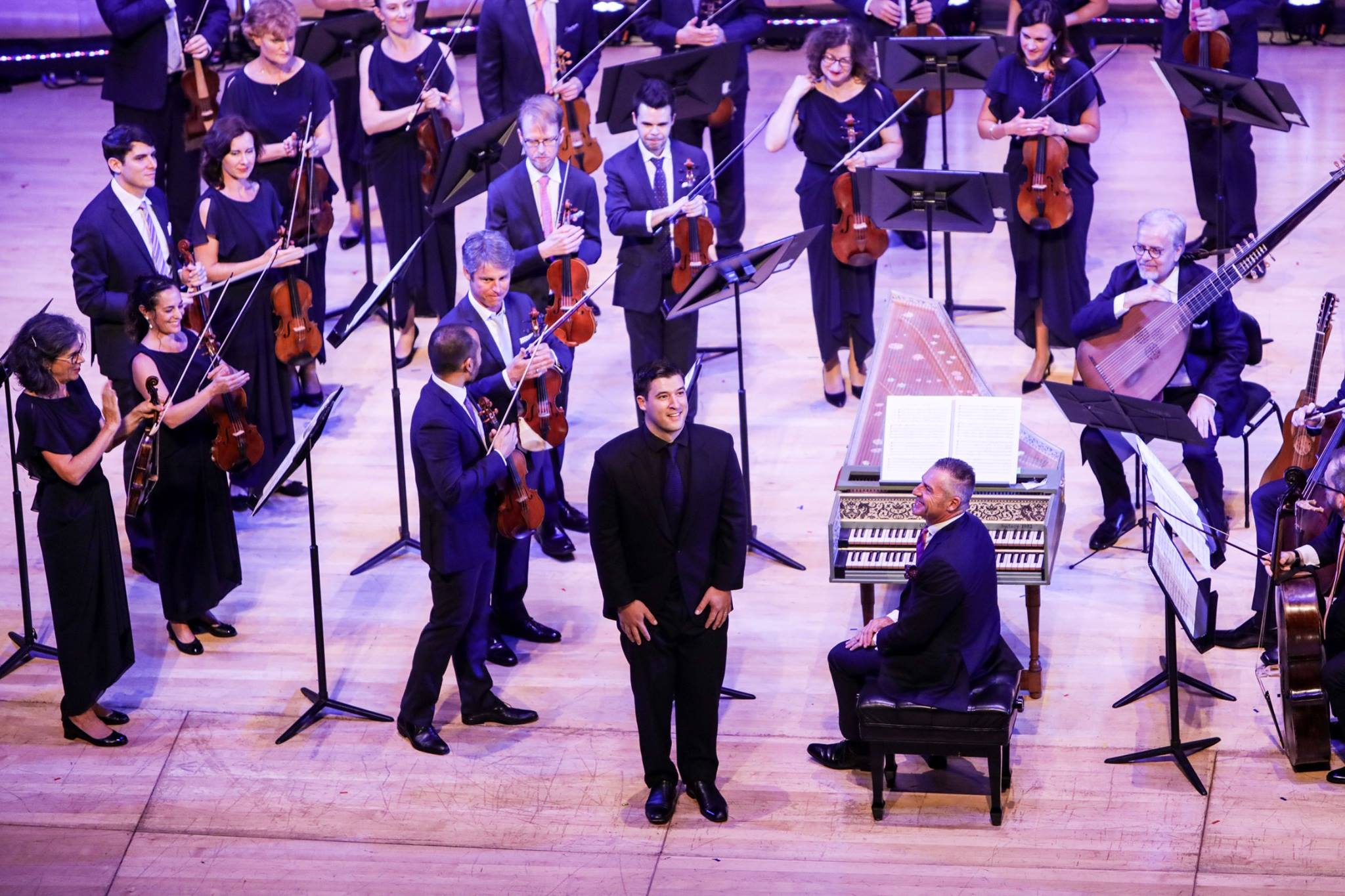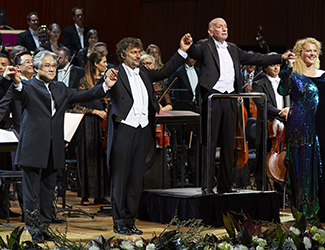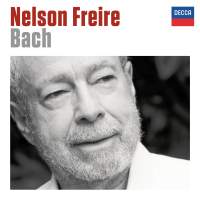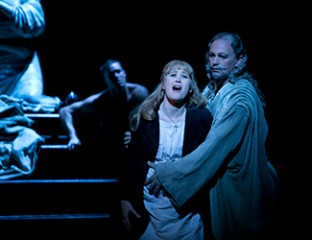Concert Review: The Queen Of Heaven/The Sixteen

It’s a curious fact that the most revered exponents of early Italian choral music today, are not the Italians but the English. In January 2011, Gramophone Magazine published a list of what it claimed were the top 20 choirs in the world. Nominated in fourth place was Harry Christophers’ ensemble The Sixteen, who performed their mostly Italian programme, The Queen of Heaven in Sydney last week.
The stage of the Sydney Opera House conveyed a sense of occasion, resplendent with floral arrangements and a swathe of vermillion providing a striking backdrop for the singers as well as serving as a baffle for the sound. The platform boxes of the concert hall were empty and draped in black, successfully conserving the all important acoustic, which might otherwise have evaporated into the cavernous spaces behind the stage.
Christophers silently sculpted sounds from thin air, leading the 18 strong SATB ensemble in a brilliantly crafted programme which focussed on sacred music by Palestrina (1525 – 1594) and Scottish composer James MacMillan (b1959), with one entry from Allegri (1582 – 1652) – the incomparable Miserere “perhaps the single most famous piece of sacred music ever written” (programme notes) – a jewel in its own right but also placed to compare and contrast with MacMillan’s eponymous piece.
The singing was incomparable. The sound was pure, the pitch cast-iron; the line was glacier smooth, the endings were disciplined; the blend was perfection itself and the spectrum of colours and dynamics that poured forth were matchless.
Whilst the quartet of soloists for Allegri’s Miserere relocated to the heights of the circle, Christophers delivered some of his insights into how this classic has evolved through time, observing that, at the time of its writing, listeners more eagerly anticipated the creativity of the abbellimenti (embellishments) and were less preoccupied with the soaring high C’s – if indeed they were sung at all. Any qualms I had about the audibility of the quartet placed on high, and their balance with the ensemble onstage were dispelled. Based on the research of musicologist Ben Byram-Wigfield, the abbellimenti were fresh and featured new chromaticisms and arpeggiated motifs.
MacMillan’s Miserere is a 13 minute chorale, performed with all singers on stage. It was commissioned by the Flanders Festival, dedicated to Harry Christophers and premiered by The Sixteen in 2009 in Antwerp. The introductory bars are presented by the lower voices. The ornamental elements include tremolandi and lengthy appoggiature. It is more harmonic and the mood is darker than Allegri’s, though passing through and ending on notes of promise. It is sure to become a staple element of the of the chamber choir repertoire
Perhaps one of the most gratifying aspects of Harry Christophers’ clever programming was the barely perceptible way in which, within a bracket, Palestrina’s music segued into Macmillan’s music and back. An alteration in the language of the text was, at times, the only signpost alerting the listener to the change of composer – the two are distinctive, yet impeccably matched. MacMillan’s ability to weave the aesthetics of a modern sound with old Celtic idioms is mesmerising.
For their encore, the ensemble presented another work by MacMillan, Sedebit Dominus Rex from his Strathclyde Motets (2005). The programme offered comprehensive supporting notes written by Christophers, Byram- Wigfield, music publisher Martyn Imrie and MacMillan, complete with the full text and translations.
An intensely pleasurable experience which left me grateful that the English church tradition has kept this early Italian Catholic repertoire alive and wishing that Harry Christophers would return to Sydney with his sixteen – give or take a few – sooner than the three years we have waited since his last tour.
Shamistha de Soysa for SoundsLikeSydney©







